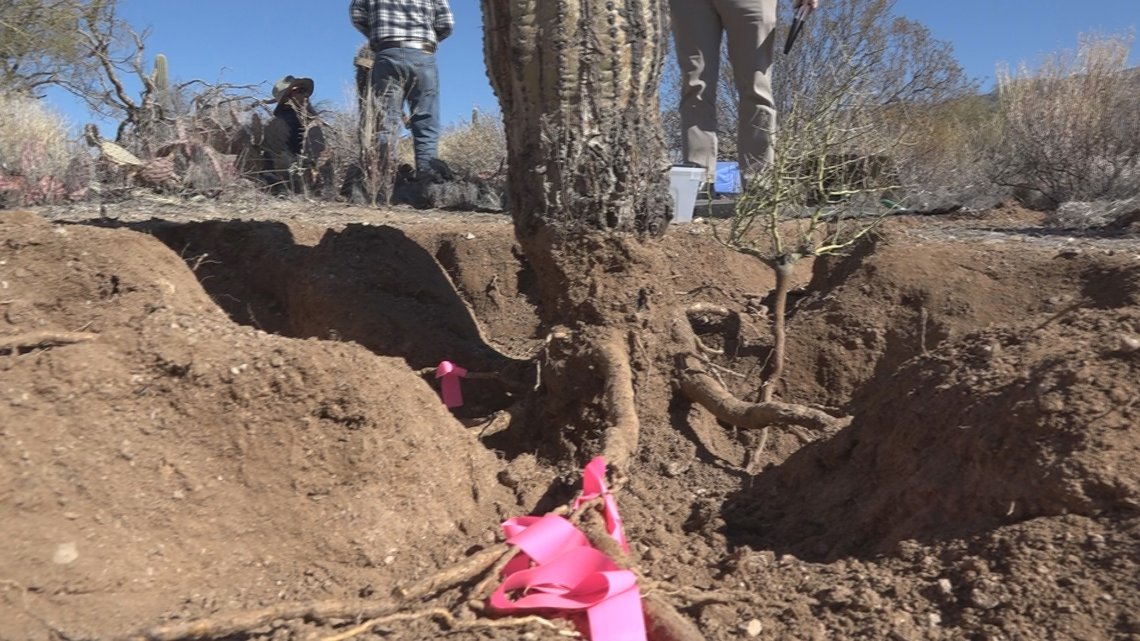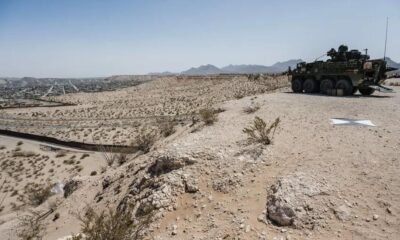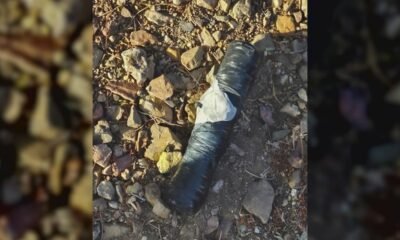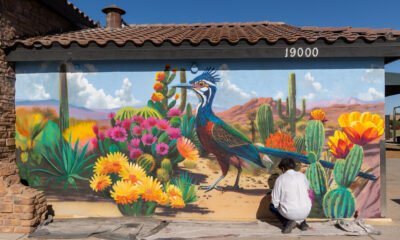arizona-revealed
Volunteers Unearth Hidden Saguaro Secrets Beneath Saguaro National Park

TUCSON, Ariz. — A planned expansion of the east entrance parking lot at Saguaro National Park has opened doors for valuable research into the intriguing root systems of saguaros. Don Swann, a biologist at the park, along with his team, is fielding numerous inquiries about these iconic cacti, particularly regarding their roots, which remain largely enigmatic. “Not much is really known about the details of those root systems,” Swann notes, highlighting a significant historical gap in research.
Before relocating numerous saguaros for the construction, volunteers are meticulously excavating and documenting the roots. Understanding these roots is essential, as saguaros adapt to the desert environment by storing rainwater. Swann reported that these cacti can absorb up to 100 gallons during a single storm.
Contrary to popular belief, saguaros do not develop deep root systems. Instead, their roots spread laterally, sometimes extending as far as the cactus is tall. “The lateral roots are not just important for taking up water but also for structural stability,” Swann explained. This shallow network allows them to capitalize on surface rainwater rather than reaching deep underground.
Researchers and volunteers from institutions like the University of Arizona and the Tucson Cactus and Succulent Society are participating in what is an intricate process involving paintbrushes and small shovels to carefully analyze how roots interact with their ecosystem. “We’re exposing the roots and measuring their depth, width, and lateral spread,” Swann added.
This research carries significant implications for conservation efforts and urban development alike, particularly in areas like Phoenix, where rising temperatures pose threats to saguaro populations. Insights gained from the study will inform strategies for both cactus transplantation in new housing developments and conservation measures necessary for enduring the challenges posed by climate change. The saguaros currently undergoing study were themselves transplanted approximately 50 to 60 years ago.
Notably, younger saguaros show resilience in establishing lateral roots post-transplant, a contrast to the challenges older cacti face in recovery, akin to human rehabilitation post-surgery. Swann noted that the estimated 2 million saguaros in Saguaro National Park may be experiencing slower growth rates compared to the 1970s, likely exacerbated by prolonged drought and elevated temperatures.
“We hope to ensure that future generations will have the opportunity to enjoy these majestic saguaros,” Swann remarked, underscoring the importance of their ongoing research.


















